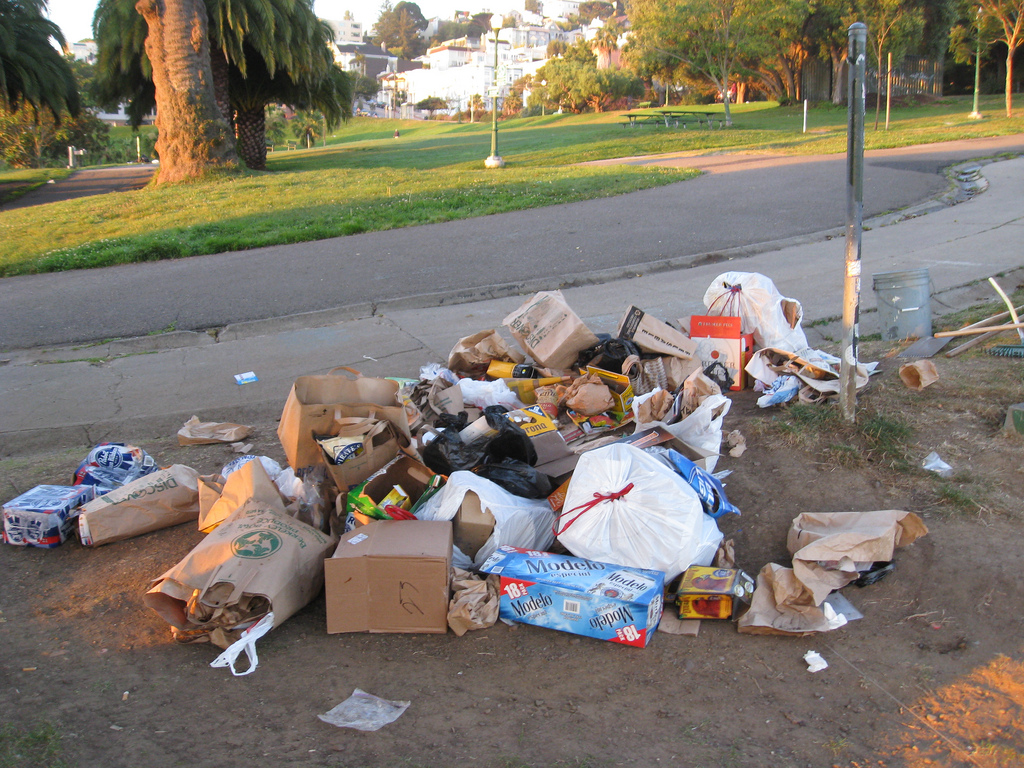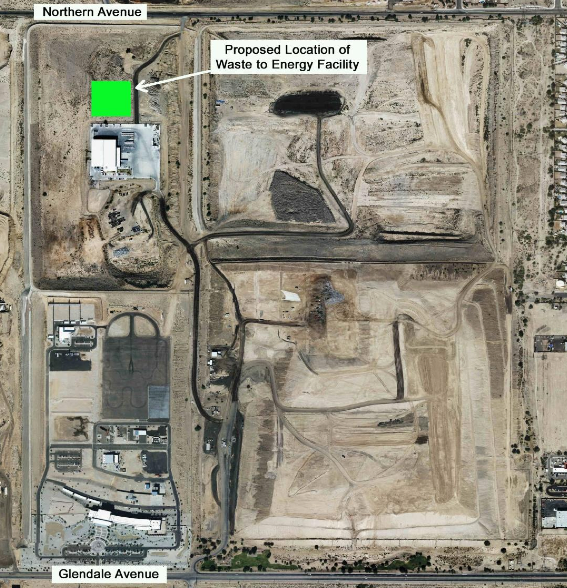Source: gigaom.com
Published: May 6, 2013

Credit: Image Courtesy of Purplrpix
The city of Oslo turns so much of its trash into energy, that it actually imports garbage into the city to heat and light many of its buildings. While the process is far less common in the U.S., the city of Glendale, Arizona could be an unexpected trash power leader, if it gets a planned garbage-to-energy plant built by Spanish engineering company Abengoa.
On Monday Abengoa said it plans to build a $110 million factory in Glendale that will turn city garbage into electricity. Chicago-based power company Vieste Energy will own the planned factory, and Abengoa will build it and run it for 30 years. Construction will take 20 months, and create 50 jobs, says Abengoa. When fully built, the factory is supposed to be able to gasify 180,000 tons of garbage per year, produce 350 tons of gas per day, and create 15 MW of electricity.

This type of factory planned for Glendale gasifies many types of waste, not just organic waste, but also plastics. In contrast, other biogas plants built sporadically around the U.S. — most commonly at landfills and water treatment facilities — put organic waste into bioreactors, which captures the gas that is produced as the organic materials decompose.
Combusting and gasifying city trash into energy is a process that has been around for decades. But modern plants now meet strict emissions standards and have many filters to catch any potential pollutants. Next-generation garbage-to-energy plants also use sophisticated sensors and computing to sort the trash into usable and unusable parts.
In Europe these types of new plants are popular. A New York Times article back in 2010 noted that there were 400 of these plants in Europe, with Denmark, Germany and the Netherlands leading the continent. But in the U.S. there are very few of these new and modern plants, and only a handful of older, aging plants. Back in 2010 there were no new waste to energy plants planned for the U.S., and there were only 87 of these plants that were all built more than 15 years ago.
The Glendale waste to energy plant, which has been under discussion for at least a year in the city, would reportedly be built 30 feet below ground level, and have a 50-foot stack visible by passersby. The plant is planned for the north end of the Glendale Municipal Landfill.
